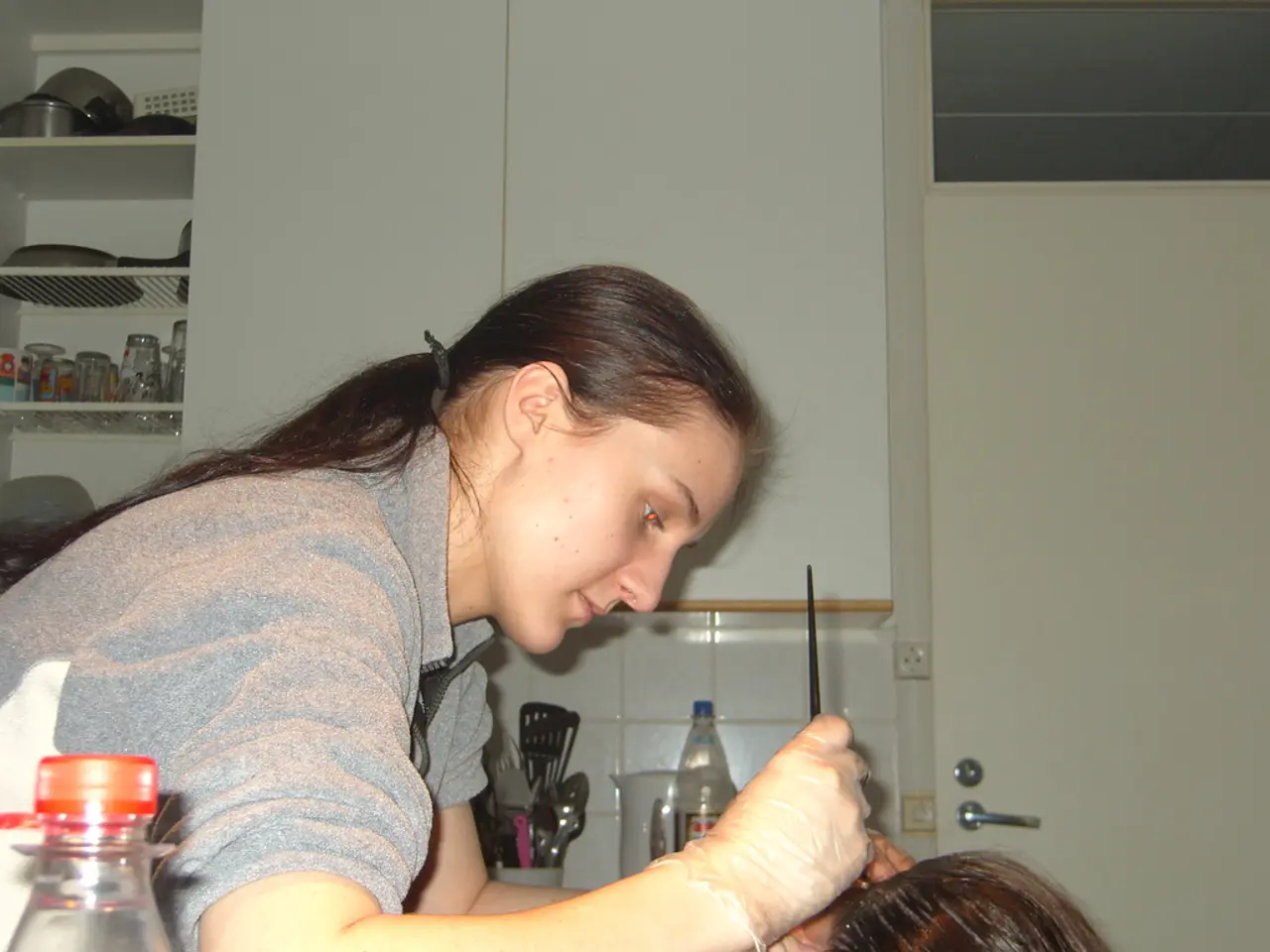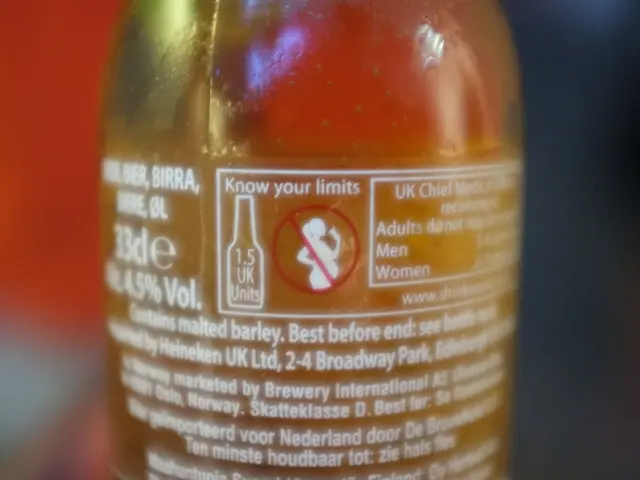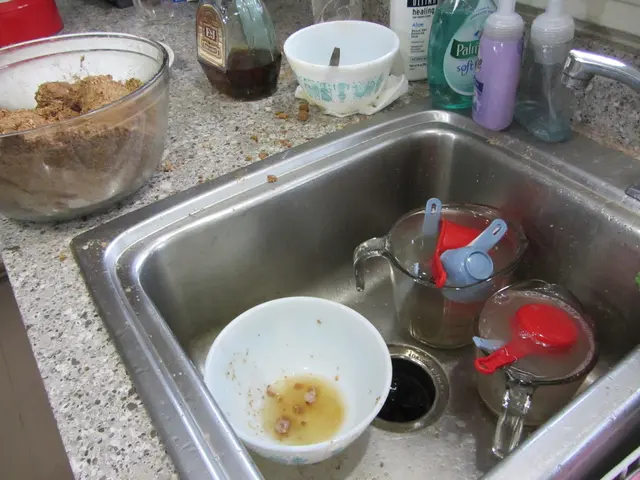Treating and Preventing Razor Bumps: Tips and Strategies
Razor bumps, medically known as pseudofolliculitis barbae (PFB), can be a common and uncomfortable issue for many individuals who regularly shave or remove hair. However, with the right combination of proper shaving techniques, topical treatments, and in some cases, advanced hair removal methods, razor bumps can be effectively prevented and managed.
To start, maintaining good shaving habits is crucial. Using sharp blades and shaving cream routinely helps minimize skin irritation during shaving. It's also advisable to shave in the direction of hair growth, as this reduces irritation and razor burn, which can lead to bumps. To further reduce the risk of razor bumps, it's recommended to avoid shaving too frequently, giving skin time to heal and reduce inflammation.
Regular exfoliation using products containing alpha-hydroxy acids (AHAs) like lactic acid and glycolic acid or beta-hydroxy acids (BHAs) like salicylic acid can also help. These acids remove dead skin cells and prevent hairs from becoming trapped under the skin, thereby reducing the likelihood of razor bumps.
For those seeking a more permanent solution, laser hair removal is an option. This method significantly reduces ingrown hairs and razor bumps.
In terms of topical treatments, over-the-counter hydrocortisone cream can help reduce inflammation and soothe irritation. Products containing anti-inflammatory and moisturizing ingredients such as shea butter, aloe vera, and niacinamide (Vitamin B3) are also beneficial for soothing and repairing the skin barrier. Specific treatments formulated for razor bumps often include combinations of lactic acid, glycolic acid, niacinamide, and tea tree oil to exfoliate clogged pores, reduce bacteria, and calm inflammation.
Tea tree oil and aloe vera gel, with their antibacterial and anti-inflammatory properties, help reduce redness, swelling, and itching when applied consistently after shaving. In more severe cases, steroid creams, antibacterial lotions, and warm compresses might be prescribed or recommended to manage symptoms and prevent infection.
Additional tips for managing razor bumps include applying aloe vera gel after shaving for its anti-inflammatory effects, regularly using sunscreen post-treatment to prevent dark spots and skin damage caused by sun exposure, especially when using acids that increase photosensitivity, and avoiding skin care products that contain irritating ingredients.
For persistent or severe cases, consulting a dermatologist is advisable to obtain prescription treatments or professional advice. In some instances, a doctor may prescribe medication such as a stronger retinoid, oral and topical antibiotics. Over-the-counter creams, serums, and cleansers containing steroids may also be recommended to reduce inflammation and manage infection, or a mild retinoid to prevent razor bumps and acne.
By combining proper shaving habits with targeted topical treatments and considering longer-term options like laser hair removal, razor bumps can be effectively prevented and managed.
- To supplement proper shaving habits, regular exfoliation using products containing AHAs or BHAs can help prevent hairs from becoming trapped under the skin and reduce the risk of razor bumps.
- For a more permanent solution, laser hair removal, using advanced science and technology, can significantly reduce ingrown hairs and razor bumps.
- In addition to tea tree oil and aloe vera for their anti-inflammatory and antibacterial properties, skin care products with ingredients such as niacinamide, glycolic acid, and shea butter can help soothe and repair the skin barrier, contributing to overall health-and-wellness and fitness-and-exercise routines.






